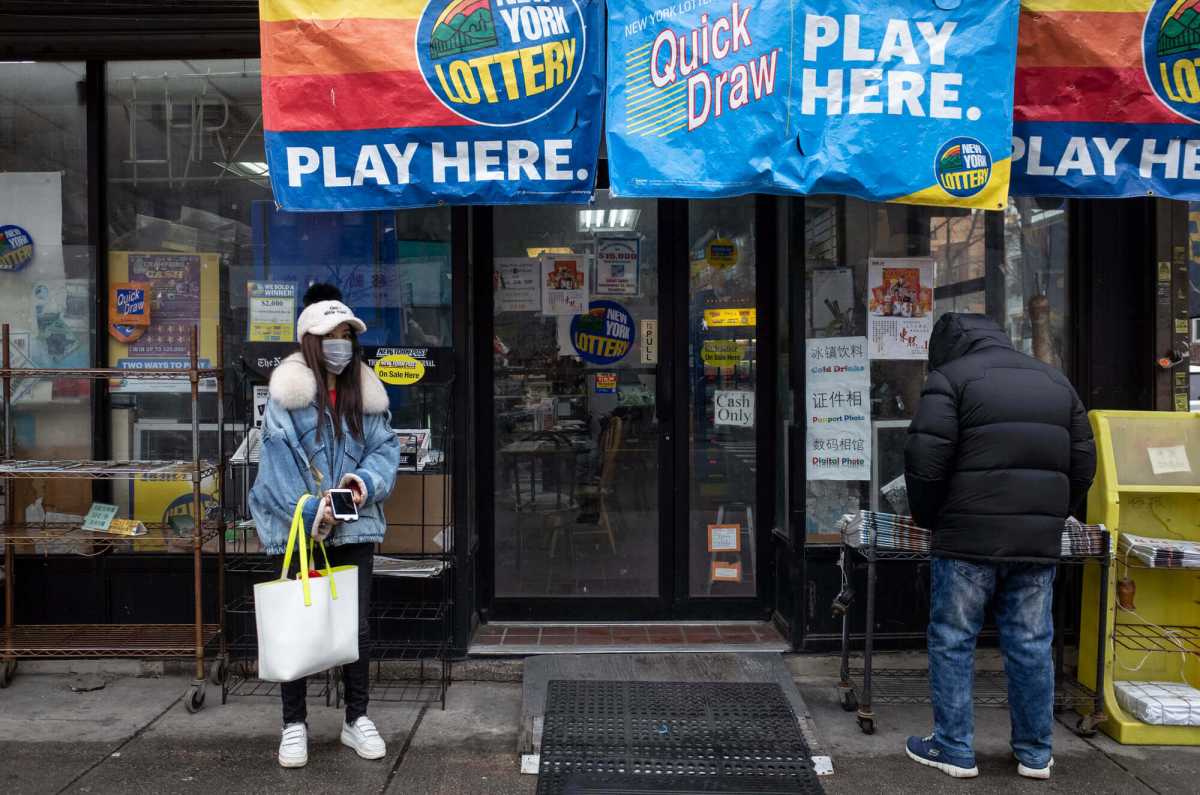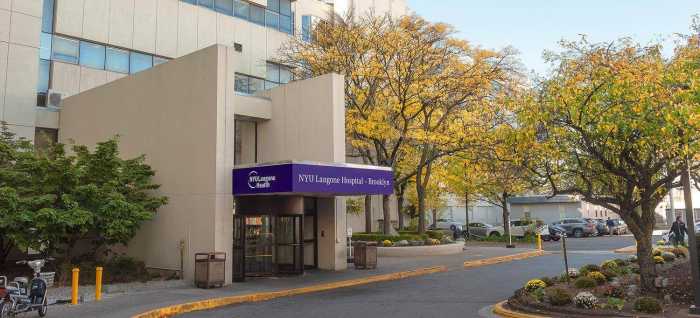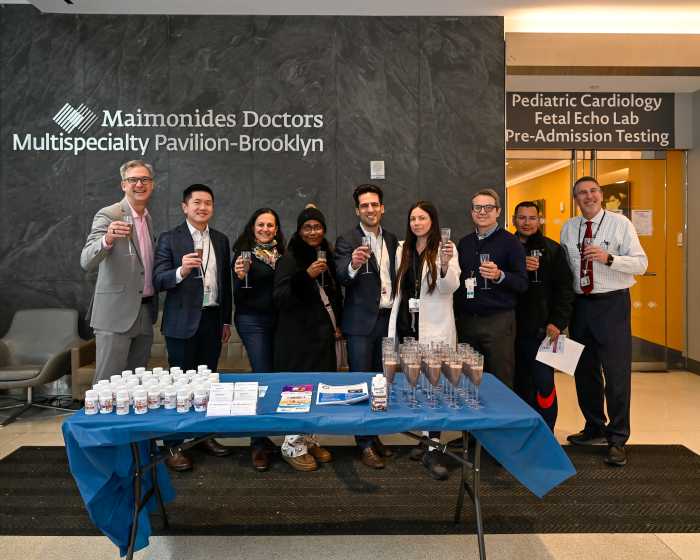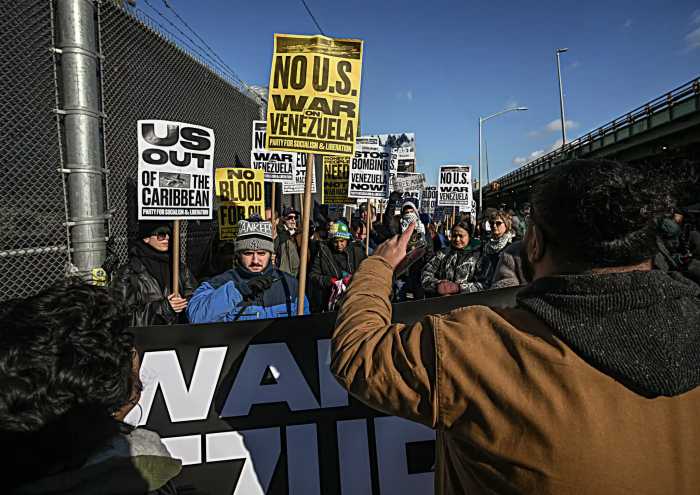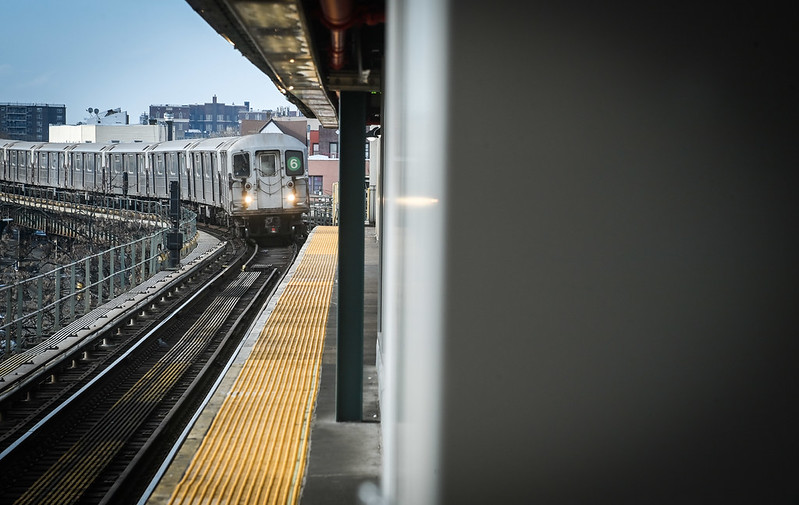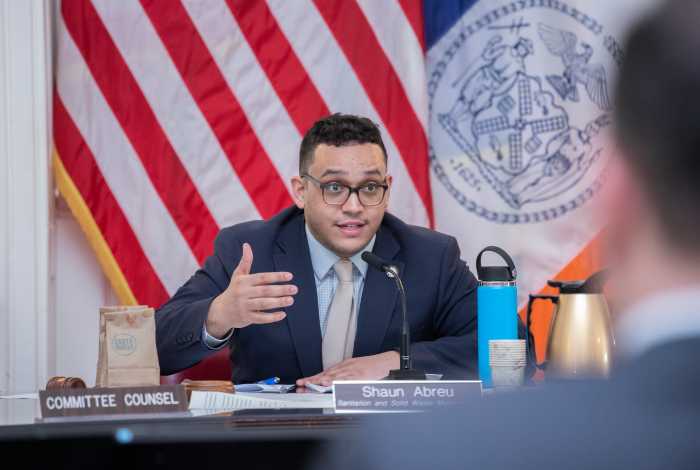Sunset Park is experiencing a dire housing crisis, and new affordable housing is desperately needed to offset further strain on the neighborhood’s housing supply, a new report finds.
The report, released last week by the nonprofit Fifth Avenue Committee, outlines the state of Sunset Park’s aging housing stock, which is taxed by a growing population, and a dearth of new units.
The report comes as concerns about displacement in the gentrifying neighborhood are at a high point, with a decision on the controversial Industry City rezoning growing nearer, and no plan in place for the potential fallout on the area’s housing supply if the waterfront complex is given permission to expand its luxury retail and office space.
Existing housing in the neighborhood suffers from overcrowding, with Community Board 7 listed as the fourth-most crowded district in the five boroughs in the report. The housing stock is one of the oldest in the city, with over half of the area’s units constructed before 1939, the report found.
Michelle de la Uz of the Fifth Avenue committee says it’s likely that overcrowded housing is the culprit for the spike in coronavirus cases experienced by Sunset Park over the summer.
Worsening the crisis is a lack of construction of new affordable housing, with only 1,000 new housing units constructed since 2014 — only 80 of which were designated “affordable” through the city’s voluntary inclusionary housing program. Over 3,000 housing units were lost over that same time period, according to de la Uz, due in part to brownstones that used to house three or four units being bought and converted to large single-family dwellings.
The neighborhood grew considerably during the 2010s, due in part to continued immigration there, and the neighborhood’s gentrification. All told, the neighborhood’s population ballooned from 126,230 residents to 143,847 between 2010 and 2018, according to the report — and during that growth period, the neighborhood has lost more housing units than it has added.
While sections of the area along Fourth Avenue were rezoned to allow for denser development in 2009, mandates for affordable housing were not included with the rezoning, and developments were not built with connections to transit in mind, resulting in what little new housing supply the area has built being useless for moderate and low-income families, the report says.
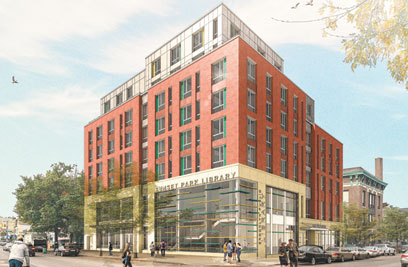
“The neighborhood simply does not have enough apartments to support the influx of new residents and recent immigrants and to alleviate overcrowding,” the report reads. “New solutions are required to address the current housing pressures and combat the threat of displacement.”
In order to prevent further displacement, the Fifth Avenue Committee feels significant steps must be taken, such as preserving the areas existing affordable housing, strengthening tenant protections, developing projects of 100 percent affordable housing, and implementing targeted rezonings of specific sites to bring more affordability and address other community needs.
Some efforts are already underway to create more affordable housing in the neighborhood, such as the Fifth Avenue Committee’s effort to reconstruct the Sunset Park Library along with an all-affordable development built above it. The report recommends redeveloping more government-owned land, such as police precincts and firehouses as residential buildings with municipal uses on the ground floor.
To offset the possibility of hyper-gentrification in the wake of an approved Industry City rezoning, the waterfront complex should make an effort to recruit and train locals, rather than bring an onslaught of outsiders onto the neighborhoods overburdened housing stock, the committee says.
“Recruitment and hiring and training of local folks who already live in the neighborhood to be able to fill new positions is so critical,” said de la Uz. “That way you’re not necessarily attracting new people, you’re basically skilling up the existing people so that they can lead more stable lives, and they can enjoy walk-to-work jobs.”
Above all, now is the time to invest in affordable housing, de la Uz says.
“During economic downturns is often the time that we should be investing in the long-term infrastructure that communities need, and affordable housing is certainly one of them,” she said.


